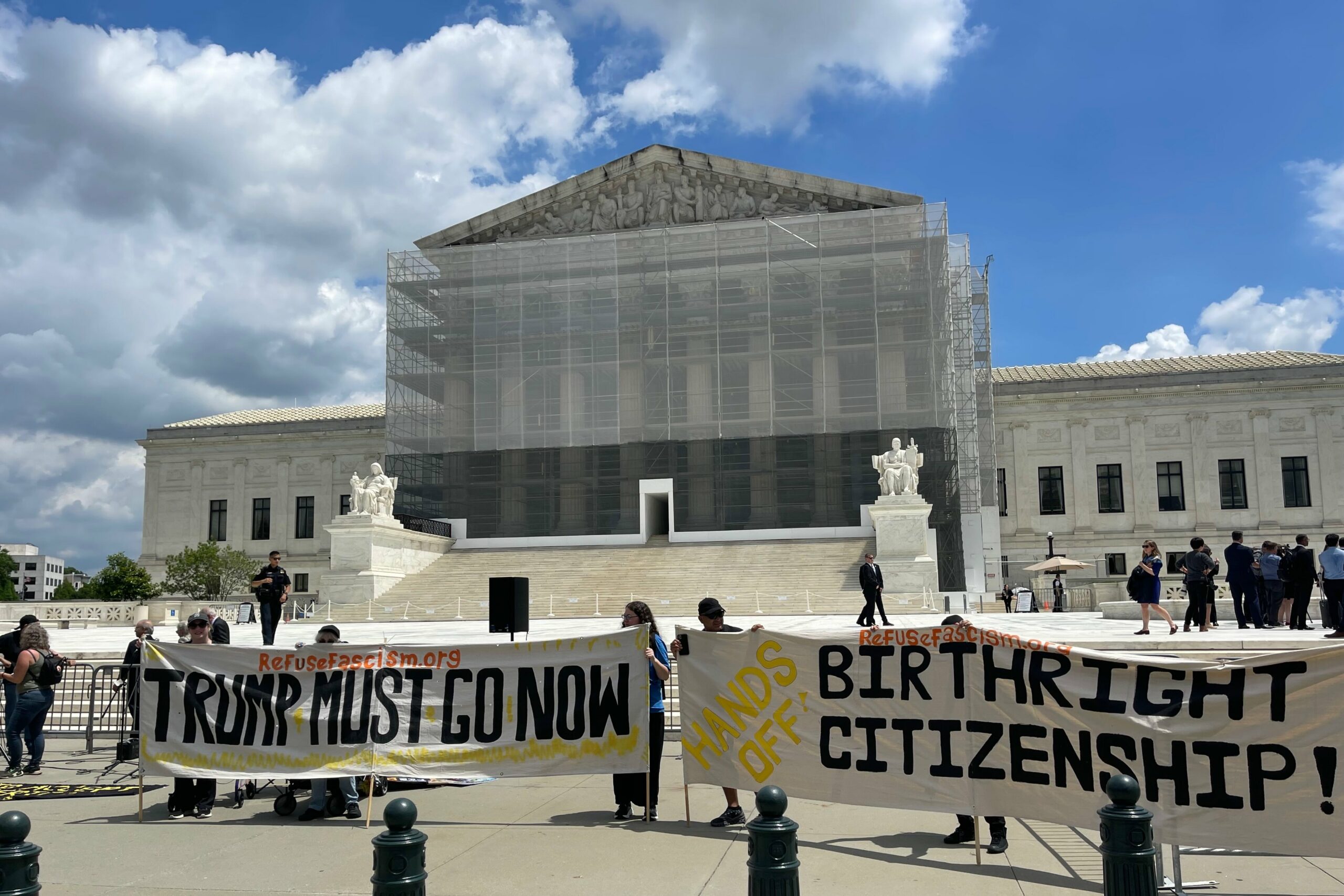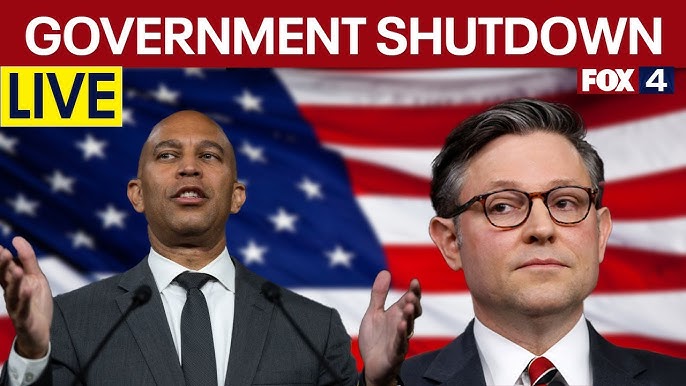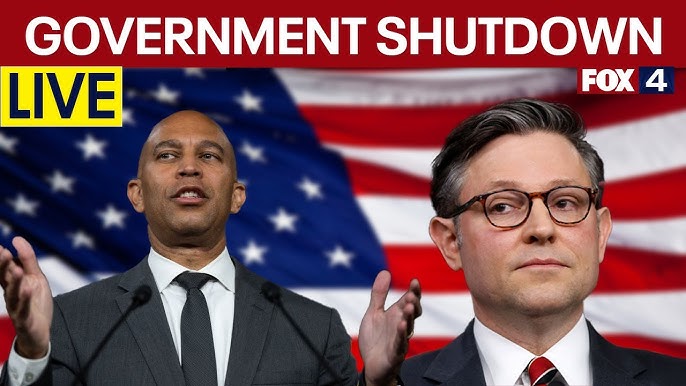What is Birthright Citizenship?
Birthright citizenship refers to the legal right where any individual born on U.S. soil automatically acquires citizenship at birth. This principle, embedded in the 14th Amendment of the U.S. Constitution, has been a subject of intense debate in recent years, especially in the political landscape influenced by discussions around immigration reform. As business leaders and HR professionals, an understanding of these legal nuances is essential, especially if your workforce comes from diverse backgrounds.
The Supreme Court’s Role in Birthright Citizenship
Recently, the Supreme Court heard arguments concerning the contentious issue of birthright citizenship, particularly focusing on President Trump’s attempt to alter this long-standing tradition. The implications of their decision not only affect legal interpretations but also resonate deeply within various sectors, including human resources and corporate governance.
A Historical Perspective on Birthright Citizenship
The concept of birthright citizenship in the United States has a long history, dating back to the enactment of the 14th Amendment in 1868. The amendment was established in the aftermath of the Civil War to provide citizenship to former slaves, symbolizing a commitment to equality before the law for all individuals born in America. Over time, this principle has enabled millions of immigrants and their descendants to become integral members of American society.
Current Legal Framework
Given its constitutional backing, birthright citizenship has been relatively stable. However, it came under scrutiny during the Trump administration with attempts to issue executive orders that would limit or redefine who qualifies for citizenship by birth. This raised significant legal questions about the power of the President versus Congressional authority and the interpretation of the Constitution.
The Supreme Court Controversy
In the latest Supreme Court hearings, justices reviewed arguments about the potential overreach of executive power in modifying or obstructing established constitutional rights. Legal experts are weighing in on what the outcomes could mean for not just immigrants but also for businesses that rely on a diverse workforce. The SCOTUS Blog provides a detailed account of these proceedings, illuminating the complex interplay between citizenship rights and legislative authority.
Implications for Organizations
As the debate continues, businesses must evaluate how potential changes in laws regarding birthright citizenship might affect operations, recruitment, and workforce diversity. An environment fostering inclusion and equality is critical for attracting top talent in a competitive marketplace. Understanding these shifts will empower HR leaders to navigate legal frameworks better and ensure their companies remain compliant while supporting a diverse employee base.
Looking Ahead: Predictions and Considerations
Should the Supreme Court lean towards endorsing restrictions on birthright citizenship, various scenarios could unfold, ranging from increased litigation to new policies affecting current and future employees. Companies must stay informed about developments, along with emerging trends in HR compliance and workforce strategies.
Conclusion
In conclusion, the discussion surrounding birthright citizenship is far from over, especially with the Supreme Court’s involvement. As business leaders and HR professionals, remaining abreast of such critical issues is invaluable. Understanding the implications of birthright citizenship helps ensure that your organization not only adheres to the law but also embraces the diversity that underpins the strength of American enterprise. As the landscape changes, so must our strategies to uphold an inclusive and dynamic workforce.








